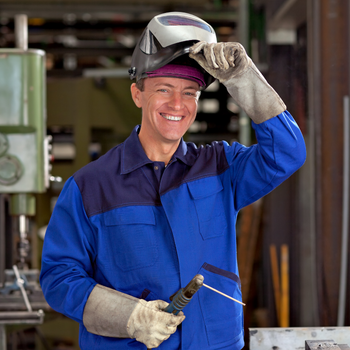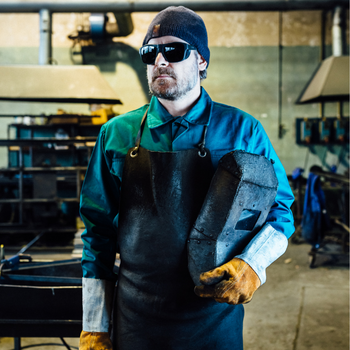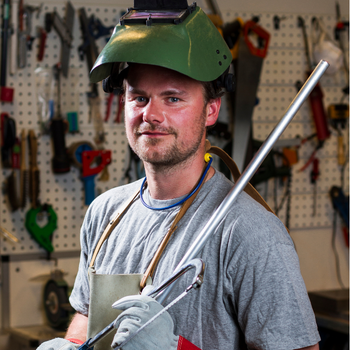About us
Getting it Right With Woodworking CNC
Buying a new CNC machining centre can be an exciting proposition. With each passing year the speed and technology advance dramatically. Despite the attraction of CNC machines available in sculpted housings and exciting colour schemes, the bottom line of a woodworking company will only be affected if a careful plan is laid out for achieving the most from the machine.
Determining the purpose
The first step is to clearly determine how the new machine will be used. For instance since machining centres can route as well as drill, consider whether you need both. Also determine if you will need to drill horizontally for dowels, grooves for backs and routes for shelf standards.
Document the construction methods that are used and all the hardware that is required. Care should be taken to ensure that the CNC machine is equipped to ensure that the job can be executed. There should be sufficient tool spindles so that different drills can be used otherwise the construction method will have to be changed to reduce the tool diameters.
Also determine whether the woodworking plan requires whole sheets to be cut on the router, or if cutting is on a saw and the machining is to be done on a router. For nesting, a special table will be required and also a powerful vacuum to hold the parts in place. Since nesting machines cannot drill horizontally a stand-alone boring machine may be required. It is important to know the maximum part size and check out if it will fit on the router bed beforehand as a lot of machining centres are designed to machine a 24″ deep gable only.
Time saving considerations
The next important consideration for a woodworker is to think about time saving. Which CNC machine will actually save the most time? What number of work zones does the machine have? Is there a sufficiently large tool chamber that will prevent downtime while important cutters are being loaded? Also does the CNC machine reduce the amount of material handling required or eliminate a future process to be carried out?
It should also be able to easily load parts to the machine and unload them as well. Special aggregate heads should enable a woodworker to automate operations that were previously being done manually.
Factoring productivity gains
Finally, consideration needs to be given to overall productivity. The CNC machine should be easily programmable from the office, rather than on the shop floor while it idles. The existing software should also be compatible with the CNC machine to avoid having to use an extra post-processor.
Before acquiring the machine, an agreement should be reached with the vendor to provide training at a dedicated training centre, so that production staff can start using the machine in the shortest time possible.
Also ensure that that vendor has a reputation for providing excellent support. At some point all machines are likely to break down, and a CNC machine is no different. The support should not be limited to fixing just the gears and bearings but also the software. Preferably ask for a dedicated service manager to be assigned to your woodworking company.
Always remember that buying a newt a CNC machine is not an end to solving all problems but part of the overall business plan. Obtaining the right machine requires planning and focus. Ensure that your choice of CNC machine fits in with your business plan, is user friendly and comes with excellent vendor support. The end result will be well worth the cost.






